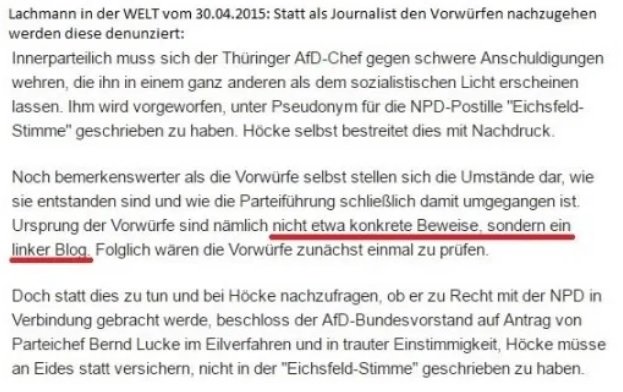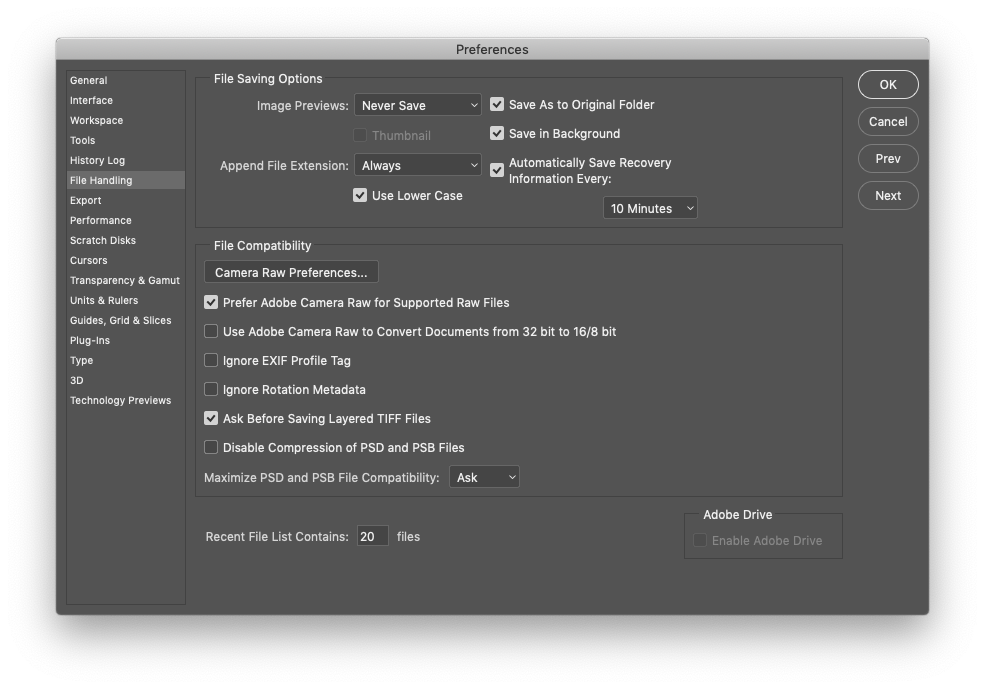Now for grants, turn the finding to what it would look like if your hypothesis was correct.
Enjoying this thread?
Keep Current with AZ
This Thread may be Removed Anytime!
Twitter may remove this content at anytime, convert it as a PDF, save and print for later use!










